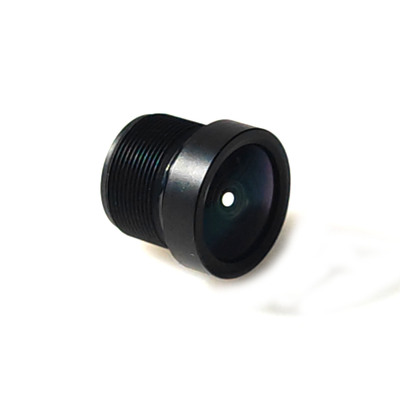High-Definition Automotive Lens The Smart Eye of Autonomous Driving, Opening a New Era of Smart Travel
High-definition automotive lenses are becoming an increasingly important component of autonomous driving systems. These lenses provide a high-resolution image of the vehicle’s surroundings, which is essential for the vehicle to make informed decisions about its movements.At first, car camera lens It developed out of control and gradually opened up a sky of its own. https://www.oksee-lens.com/
High-definition automotive lens.jpg
Technical characteristics of high-definition automotive lenses
High-definition automotive lenses typically have a resolution of at least 1280 x 720 pixels. They also have a wide field of view, which allows them to capture a large area of the vehicle’s surroundings. In addition, high-definition automotive lenses are designed to operate in a variety of lighting conditions, including low light and bright sunlight.
Applications of high-definition automotive lenses
High-definition automotive lenses are used in a variety of applications, including:
Lane departure warning: High-definition automotive lenses can be used to detect when a vehicle is about to drift out of its lane.
Forward collision warning: High-definition automotive lenses can be used to detect when a vehicle is about to collide with another vehicle or object.
Adaptive cruise control: High-definition automotive lenses can be used to help a vehicle maintain a safe following distance from the vehicle in front of it.
Automatic emergency braking: High-definition automotive lenses can be used to automatically apply the brakes if a vehicle is about to collide with another vehicle or object.
Parking assistance: High-definition automotive lenses can be used to help a vehicle park itself.
Development trends of high-definition automotive lenses
High-definition automotive lenses are continuing to develop and improve. In the future, we can expect to see even higher-resolution lenses with even wider fields of view. We can also expect to see lenses that are more resistant to environmental factors, such as dust and moisture.
Integration of high-definition automotive lenses with other sensors
High-definition automotive lenses are often used in conjunction with other sensors, such as radar and lidar. This allows the vehicle to get a more complete picture of its surroundings. For example, radar can be used to detect objects that are not visible to the camera, such as vehicles in fog or smoke. Lidar can be used to measure the distance to objects, which is important for autonomous driving.